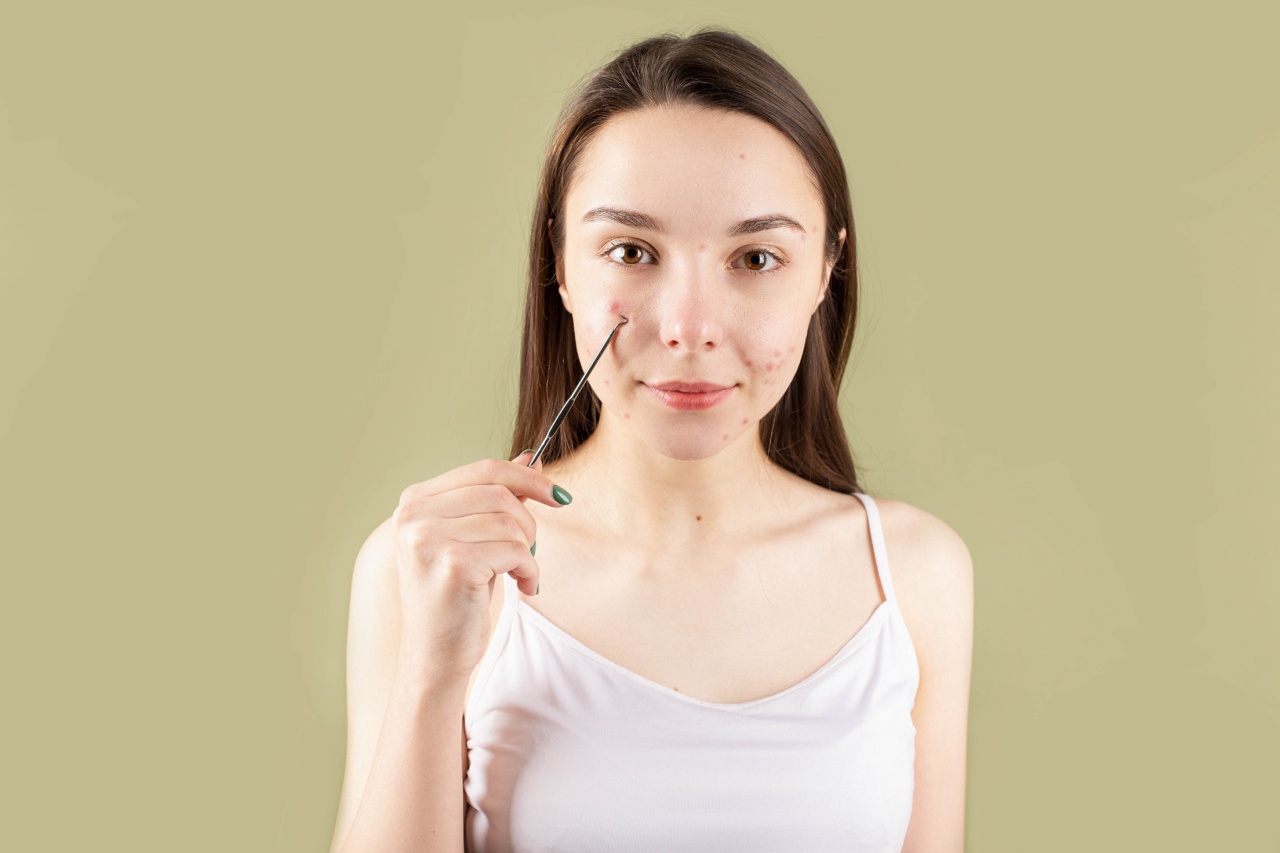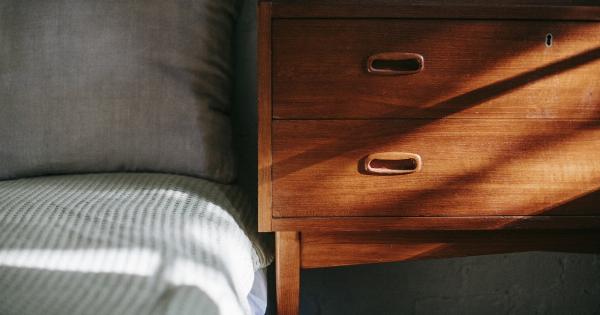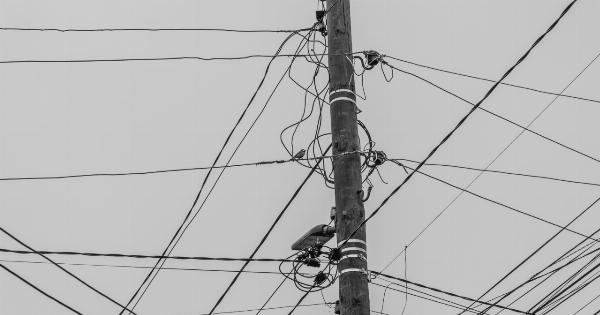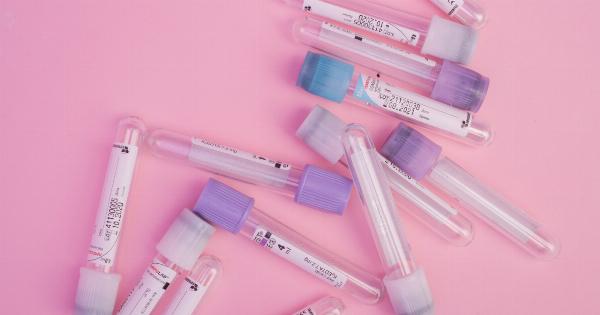Pimples are typically associated with facial acne, but they can also occur on other parts of the body, including the genitals. Penis pimples, though often harmless, can be a cause for concern and may cause discomfort or embarrassment.
It’s important to understand what causes these pimples and how to effectively treat them. This article will explore the various causes and treatment options for penis pimples.
What are Penis Pimples?
Penis pimples, also known as penile papules, are small raised bumps that may appear in different areas of the penis. These pimples can vary in size, color, and texture.
They may be flesh-colored, pink, or even red, and can appear on the head, shaft, or base of the penis.
Possible Causes of Penis Pimples
1. Fordyce spots:.
Fordyce spots are small, painless, white or yellowish bumps that typically appear around the head of the penis or the shaft. These spots are not a cause for concern and are considered a natural occurrence.
They are actually sebaceous glands, which are responsible for producing oil to keep the skin moisturized. While Fordyce spots can be unsightly, they don’t require any treatment and are not contagious.
2. Genital warts:.
Genital warts are caused by the human papillomavirus (HPV). These warts are usually flesh-colored and can appear as single bumps or in clusters. They are highly contagious and can be transmitted through sexual activity.
Genital warts may be accompanied by itching, burning, or pain. Treatment options for genital warts include topical creams, cryotherapy, and surgical removal.
3. Pearly penile papules:.
Pearly penile papules (PPP) are small, dome-shaped bumps that form around the edge of the penis head. They are usually flesh-colored or white and can be mistaken for genital warts.
However, PPP is a benign condition and is not a sexually transmitted infection. PPP does not require any treatment unless it causes significant discomfort or psychological distress.
4. Folliculitis:.
Folliculitis is the inflammation of hair follicles and can occur anywhere on the body, including the genital area. It appears as red, pus-filled bumps and can be accompanied by itching or pain.
Poor hygiene, sweating, or tight clothing can contribute to folliculitis. Treatment options include keeping the area clean, avoiding irritants, and using warm compresses.
5. Molluscum contagiosum:.
Molluscum contagiosum is a viral infection that causes small, round bumps with a central dimple on the skin. These bumps are typically flesh-colored and may be itchy.
Molluscum contagiosum is highly contagious and can be spread through skin-to-skin contact. Treatment options include cryotherapy, topical creams, or surgical removal.
Treatment Options for Penis Pimples
The treatment for penis pimples depends on the underlying cause. It’s important to consult a healthcare professional or dermatologist for an accurate diagnosis and appropriate treatment.
1. Leave them alone:.
Some penile pimples, such as Fordyce spots or pearly penile papules, are harmless and do not require any treatment. It’s best to leave them alone and avoid picking or squeezing them, as this can lead to infection or scarring.
2. Topical creams:.
For certain conditions like genital warts or molluscum contagiosum, topical creams containing antiviral or antiverruca agents may be prescribed. These creams help to reduce the growth and spread of the infection.
3. Cryotherapy:.
In cases of genital warts or molluscum contagiosum, cryotherapy may be used. This involves freezing the lesions with liquid nitrogen, causing them to die and eventually fall off. Cryotherapy can be effective but may require multiple treatments.
4. Surgical removal:.
For persistent or bothersome pimples, surgical removal may be considered. This is usually done under local anesthesia and involves cutting or scraping off the affected area. Surgical removal may be necessary for larger or more stubborn lesions.
5. Practice good hygiene:.
Keeping the genital area clean and dry is essential for preventing and managing penis pimples. Regular washing with mild soap and warm water can help prevent bacterial or fungal infections.
6. Wear loose-fitting clothing:.
Tight clothing or synthetic materials can trap moisture and heat, creating an environment conducive to the development of pimples. Opt for breathable, cotton underwear and loose-fitting pants to allow proper airflow and reduce the risk of irritation.
7. Avoid sexual contact:.
If the pimples are caused by a sexually transmitted infection, it’s crucial to abstain from sexual activity until the infection has been treated. Engaging in sexual contact can worsen the condition and increase the risk of transmission.
Conclusion
Penis pimples can be a cause for concern, but with proper identification and treatment, most cases can be effectively managed.
It’s important to differentiate between benign conditions, such as Fordyce spots or pearly penile papules, and more serious infections like genital warts or molluscum contagiosum. Consulting a healthcare professional is recommended to ensure an accurate diagnosis and appropriate treatment. Remember, maintaining good hygiene and practicing safe sexual behavior can go a long way in preventing and managing penis pimples.





























